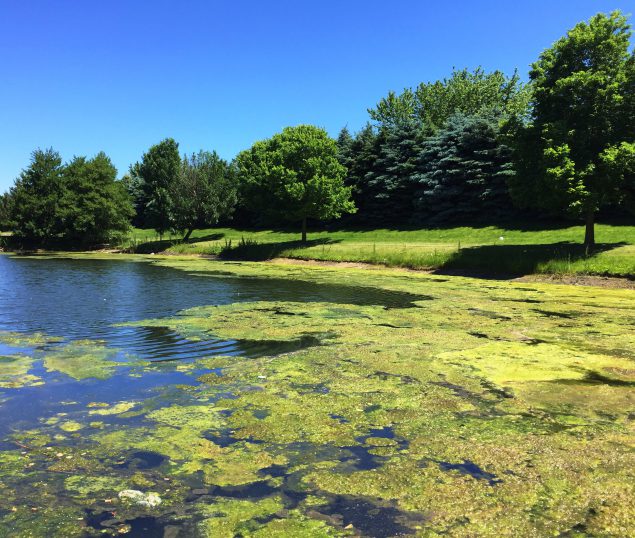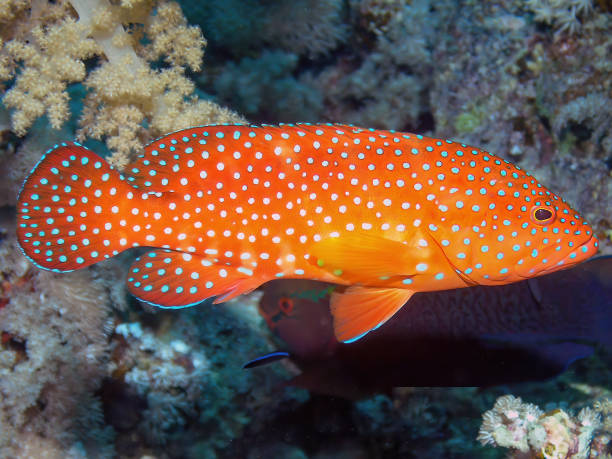
Louisiana Private Recreational Red Snapper Landing Estimates Through May 28, 2023
June 9, 2023
Man Crossing Road on Lawn Mower Struck and Killed in Lafourche Parish Crash
June 10, 2023The Louisiana Department of Health (LDH) is raising awareness and urging residents to avoid areas with blue-green algae, or cyanobacteria, due to the algal bloom observed in Lake Pontchartrain by the National Centers for Coastal Ocean Science (NCCOS) and recent sightings of algal blooms in other waterbodies.
An algal bloom is the rapid growth, or “bloom,” of algae on the surface of the water. These algae may appear blue, bright green, brown or red and can have a strong odor like rotting plants. There may be a foam, or scum, that has formed on the water’s surface. Blue-green algae prefer warm, calm, sunny weather and water temperatures higher than 75°F. Blooms are more likely to happen in summer or fall but can occur any time of year.
While some algae are harmless, certain types can produce toxins that are harmful to humans, animals and the environment. Therefore, it is crucial for individuals to be knowledgeable and take necessary precautions when encountering water bodies affected by algae blooms.
You cannot tell if a bloom is harmful just by looking at it and not all blooms are easy to see, so it is best to use caution and stay away. If you see or smell a bloom:
- Stay out of affected water: Refrain from swimming, wading, or participating in water activities like boating in areas with active algal blooms.
- Keep pets away: Pets should not be allowed to swim in or drink from water suspected of experiencing an algal bloom.
- Wash with soap and water: If you or your pets come into contact with algae-contaminated water, promptly rinse off with clean water and soap.
- Do not consume or cook with affected water: Do not drink, cook or prepare food with water from areas experiencing algal blooms.
- Seek medical attention if necessary: If you or someone you know experiences symptoms such as rashes, stomach cramps, coughing, nausea, diarrhea or vomiting after contact with algae-contaminated water, call your doctor or seek medical assistance. Sometimes, high exposures of toxins associated with the algae can affect the liver and nervous system.
Prevent harmful algal blooms from forming
- Properly use fertilizers: Use only the recommended amount of fertilizers on your farm, yard and garden. This will reduce the amount of nutrients running off into nearby water bodies. Nutrients in the water can help algae and cyanobacteria to grow more quickly than usual.
- Maintain septic systems to keep wastewater from leaking and seeping into nearby bodies of water. Wastewater is full of nutrients that can feed algae and cyanobacteria.
Learn more about factors that can help harmful algae and cyanobacteria grow here.
Algal blooms can have potential health implications, and LDH is committed to ensuring the well-being of Louisiana residents. By staying informed and avoiding contact with affected waterbodies, individuals can minimize any associated risks. LDH will continue to closely monitor the situation and provide updates as necessary.




